Manuel Navarro Zornoza
Architect Alicante / Spain
 1
1
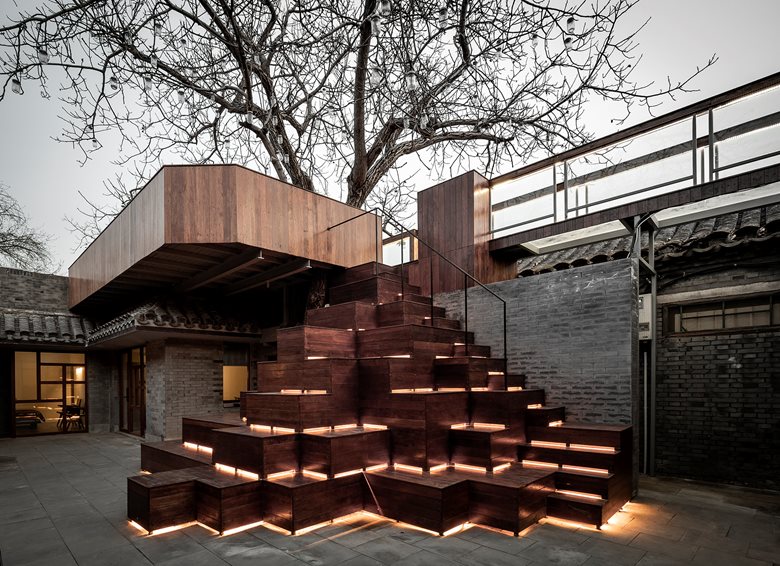 6
6
Beijing AirHutong Hotel
Beijing / China / 2020
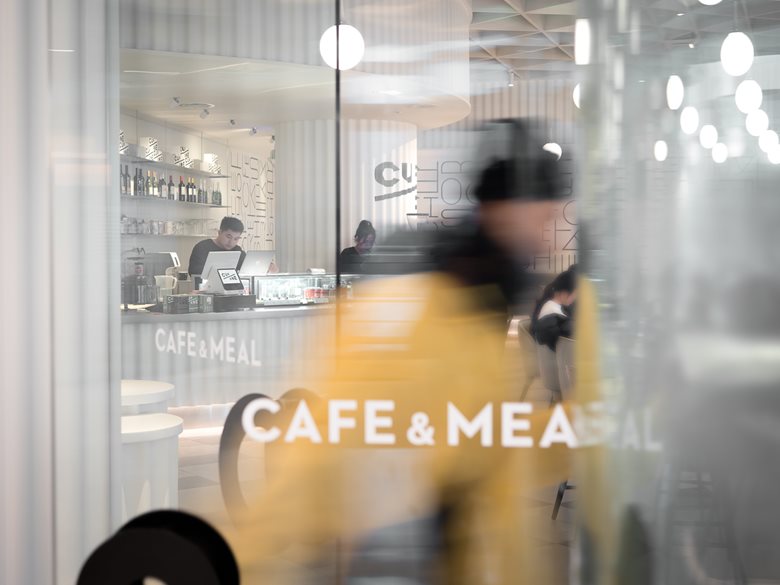 1
1
Cup/One Sanyuanqiao Café
Beijing / China / 2018
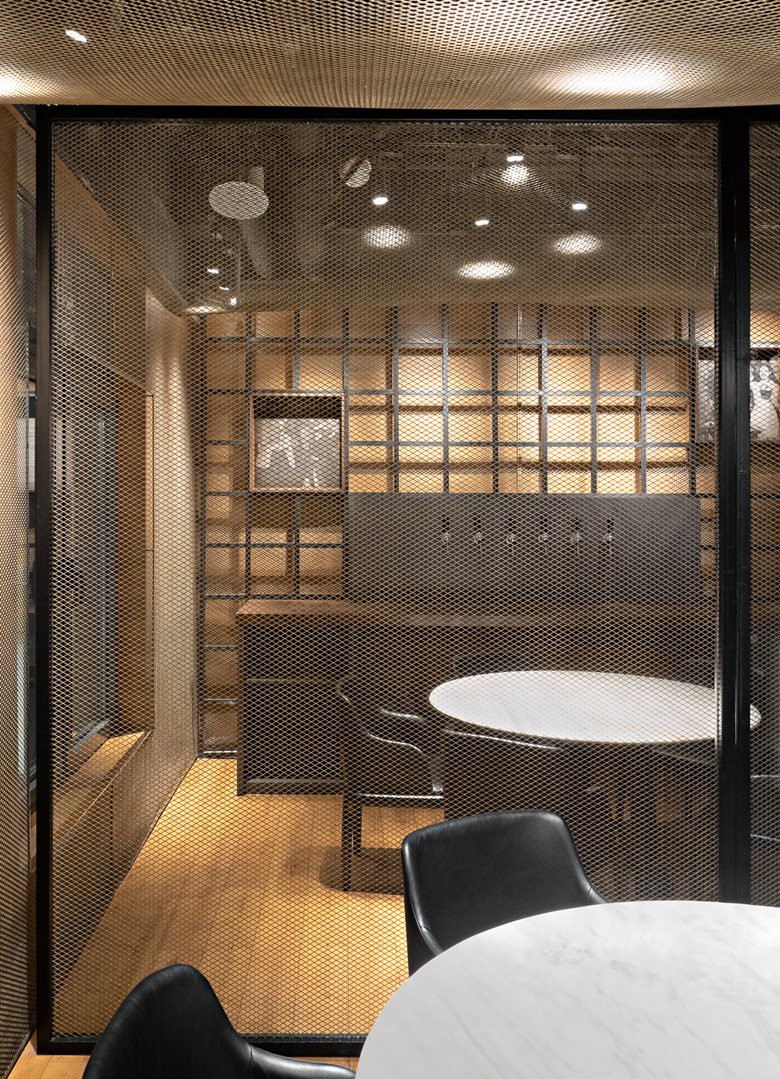 1
1
SteamRhino Tiannamen Brewery
Beijing / China / 2018
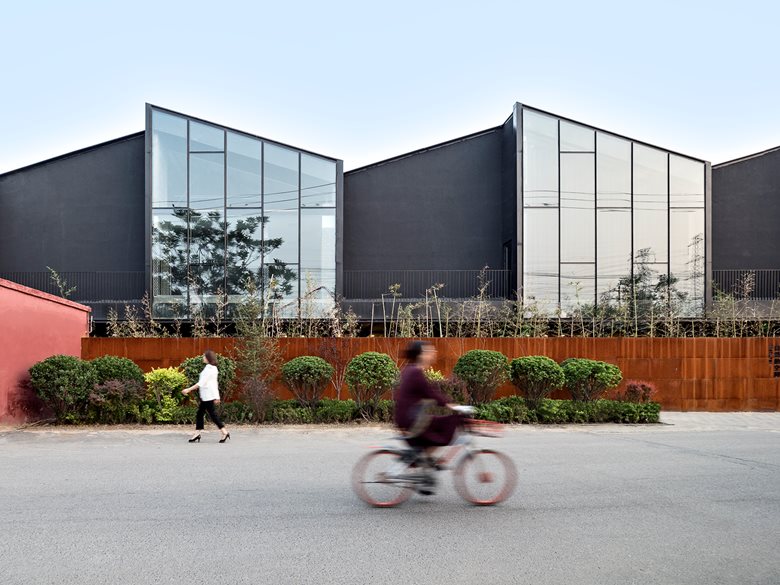 6
6
BlueFocus MeePark CBD
Beijing / China / 2018
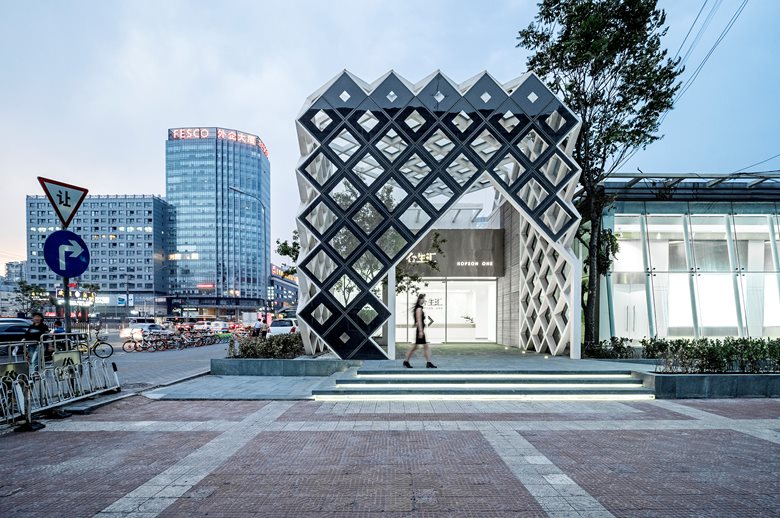 1
1
Hopson Showroom
Beijing / China / 2017
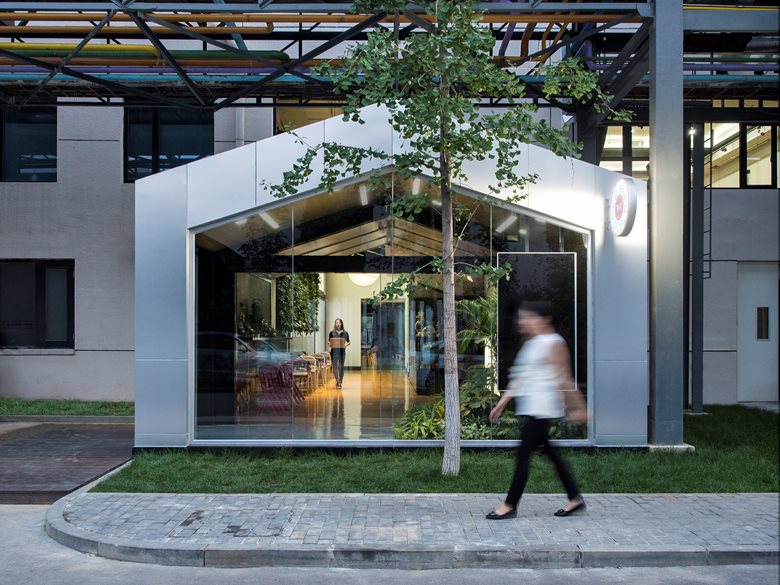
BlueFocus MeePark 798
Beijing / China / 2016
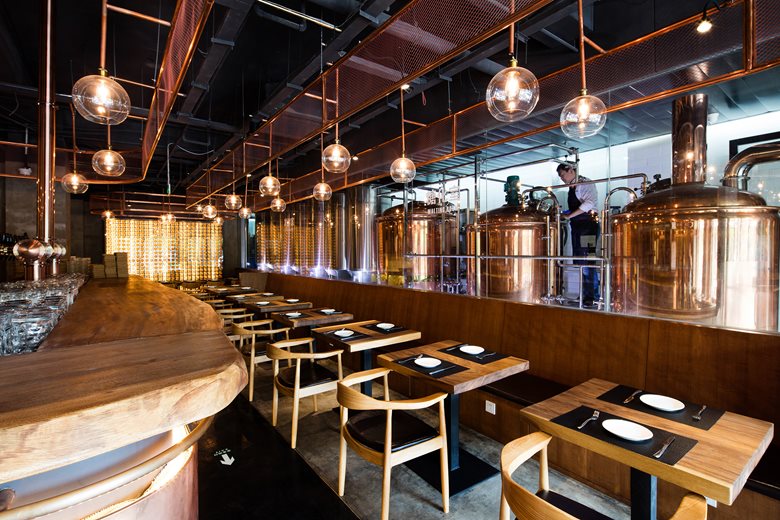
SteamRhino Brewery Bar
Beijing / China / 2016
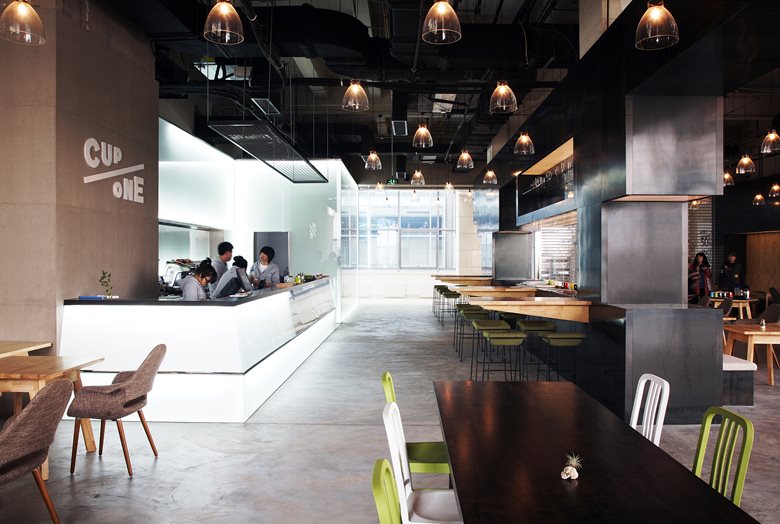
Cup/One Wangjing Café
Beijing / China / 2016
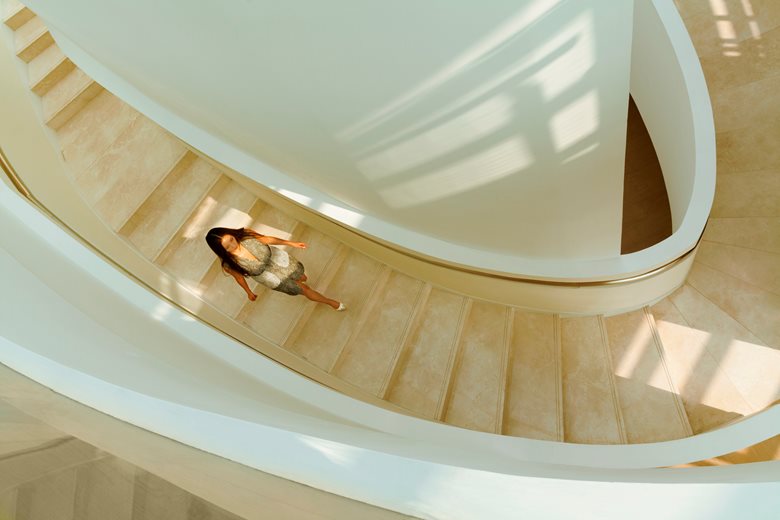 2
2
CapitaLand Daxing Showroom
Beijing / China / 2015
In 2013 he founded Urbensis, an architecture firm located in Spain with an international background, whose objective is to create value in our building environment through the design, construction and use of lasting architecture that lays the foundation for future generations.
During the years of professional initiation, Manuel Navarro Zornoza observed the proliferation of a generic architecture that was repeated everywhere. As a counterpart, his and his team propose an architecture that achieves a balance between the autonomy of the form and a close link with the landscape of the city. This approach aims to use design to build a more sustainable future where we can reconnect with our environment.

Since his training as an architect in Madrid, and urban designer at the Architectural Association School of Architecture in London, Manuel Navarro Zornoza has acquired a deep understanding of the different facets of architectural practice: combining a sensitivity and intuition for design with a broad understanding of construction and commercial aspects. This knowledge was enriched by studies in real estate management at the ESADE business school. In 2013 he founded Urbensis, an architecture firm located in Spain with an international background, whose objective is to create value in our building environment through the design, construction and use of lasting architecture that lays the foundation for future generations. During the years of professional initiation, Manuel Navarro Zornoza observed the proliferation of a generic architecture that was repeated everywhere. As a counterpart, his and his team propose an architecture that achieves a balance between the autonomy of the form and a close link with the landscape of the city. This approach aims to use design to build a more sustainable future where we can reconnect with our environment.
